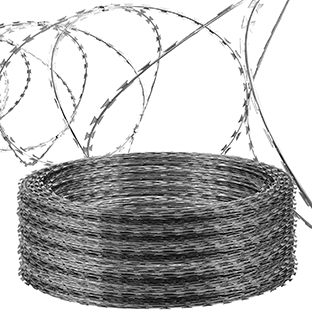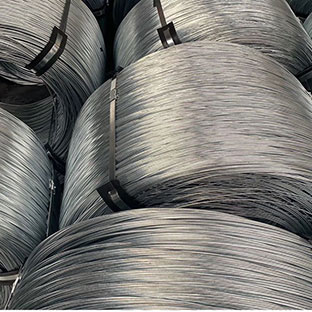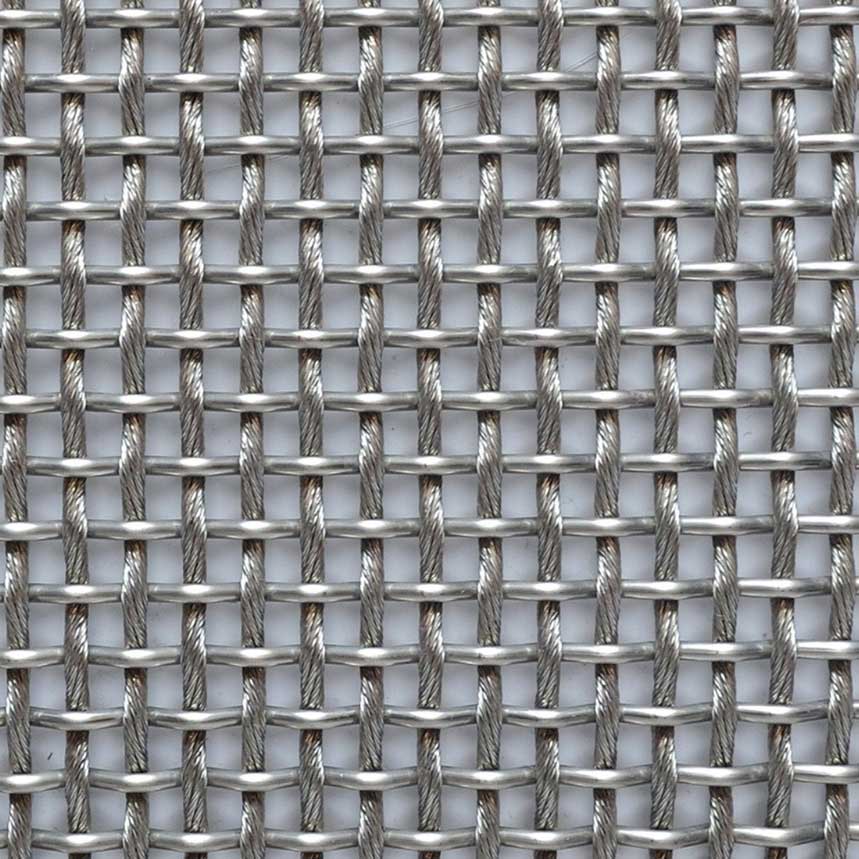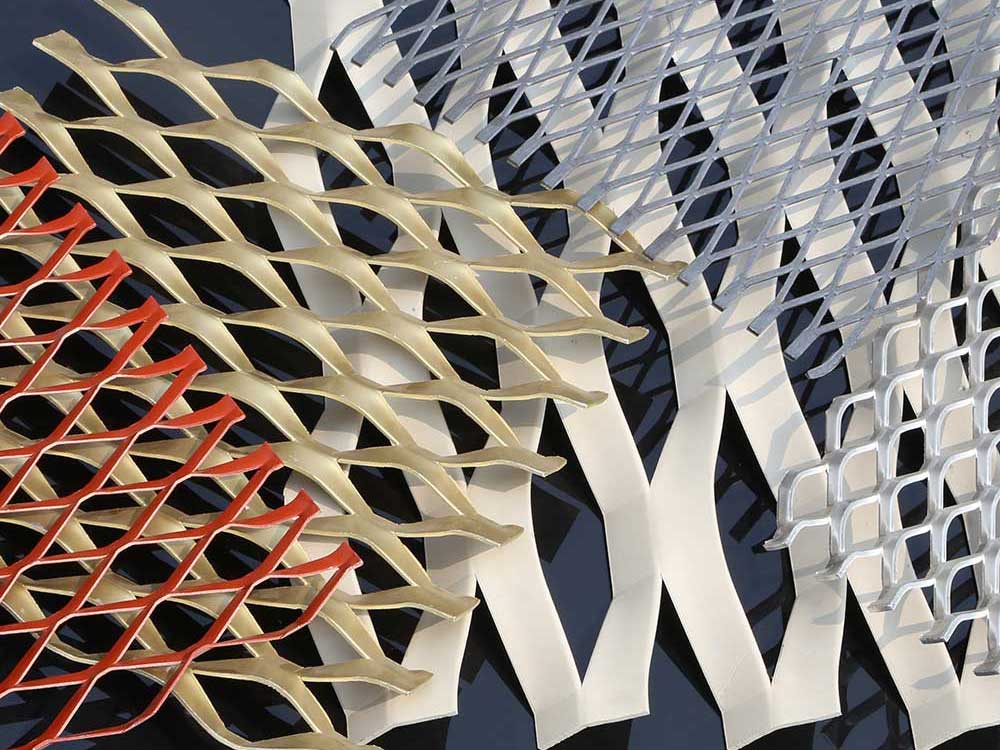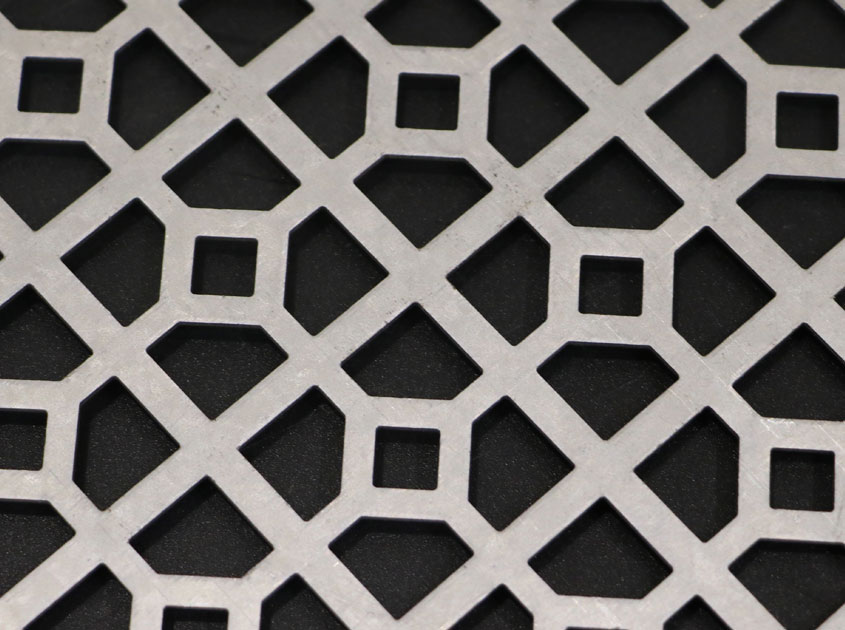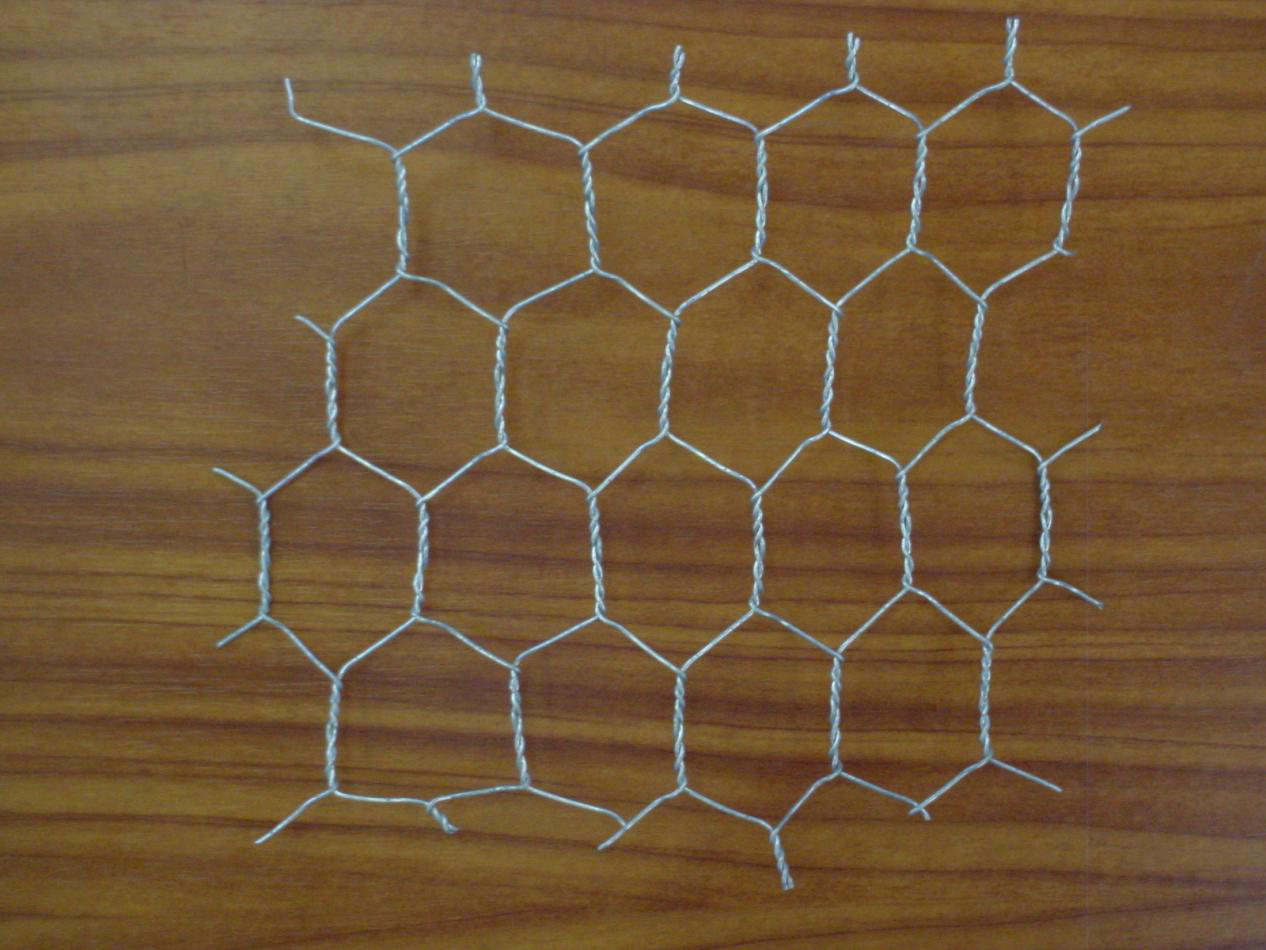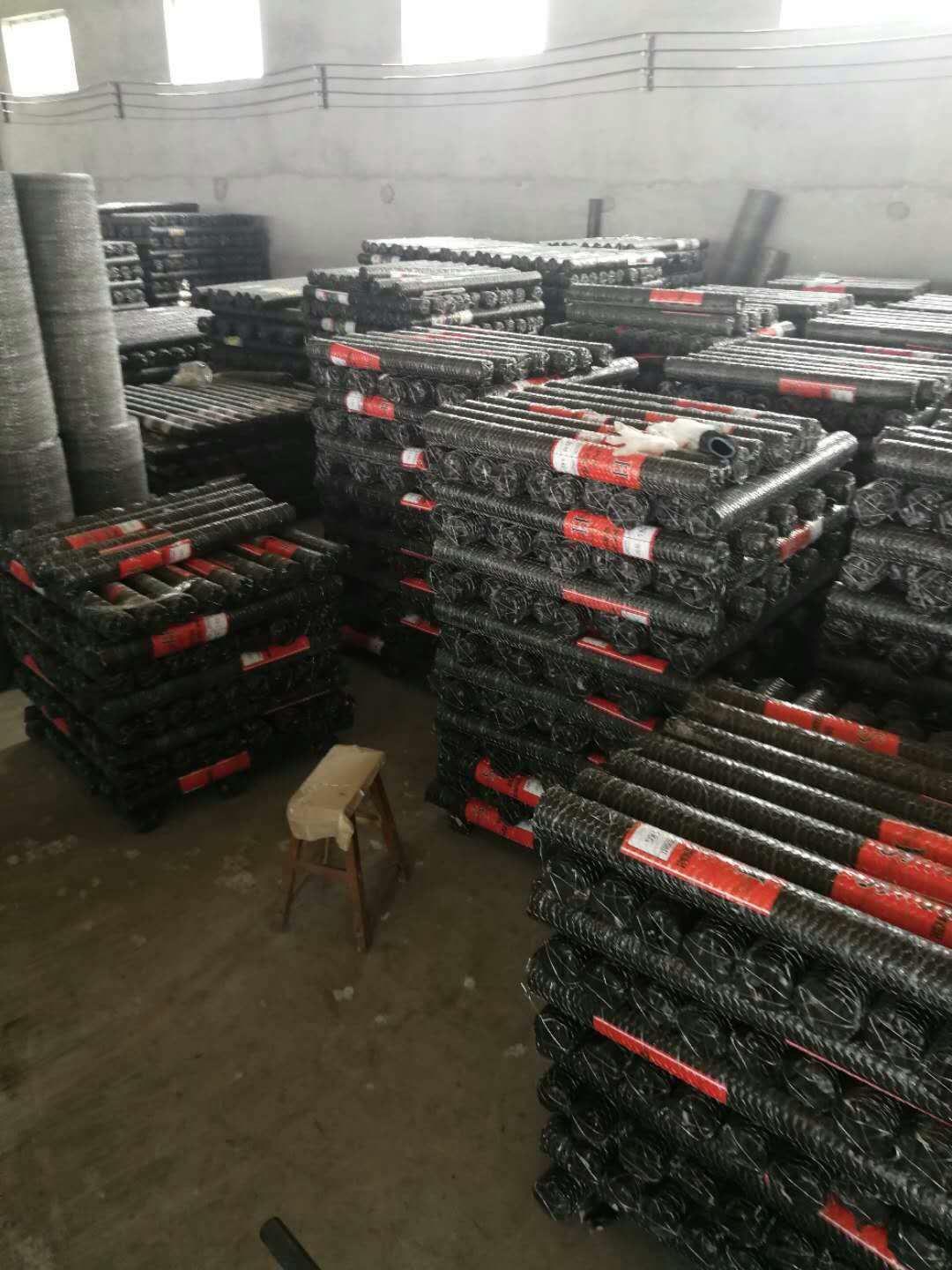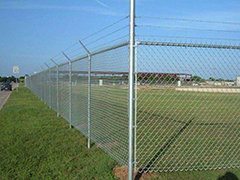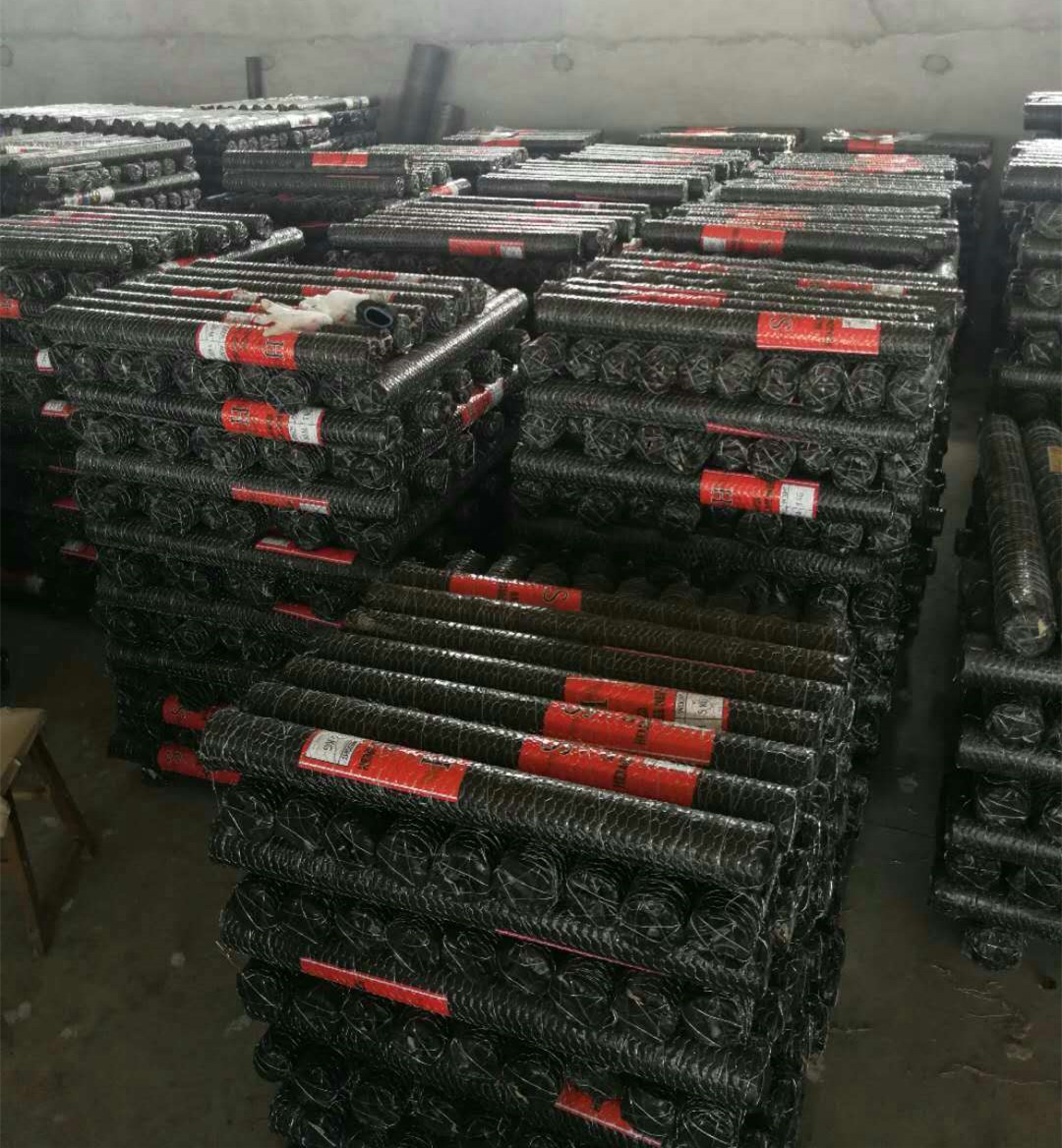Welded Gabion, an engineering marvel, is redefining the landscape of road construction with its exceptional stability and durability. As the demands for resilient infrastructure grow in our fast-paced world, the role of Welded Gabion as a construction solution cannot be overstated. In this article, we unravel the pivotal role that Welded Gabion plays in road construction, shedding light on how this innovative technology is reshaping the very foundations of our transportation networks.

The Solid Foundation of Welded Gabion
Welded Gabion, at its core, is a testament to human ingenuity and engineering excellence. Consisting of welded wire mesh panels, these structures are filled with rocks or other suitable materials to create robust and stable units. The interconnected panels form a flexible and porous structure that provides stability while allowing for effective water drainage, making it an ideal choice for road construction.
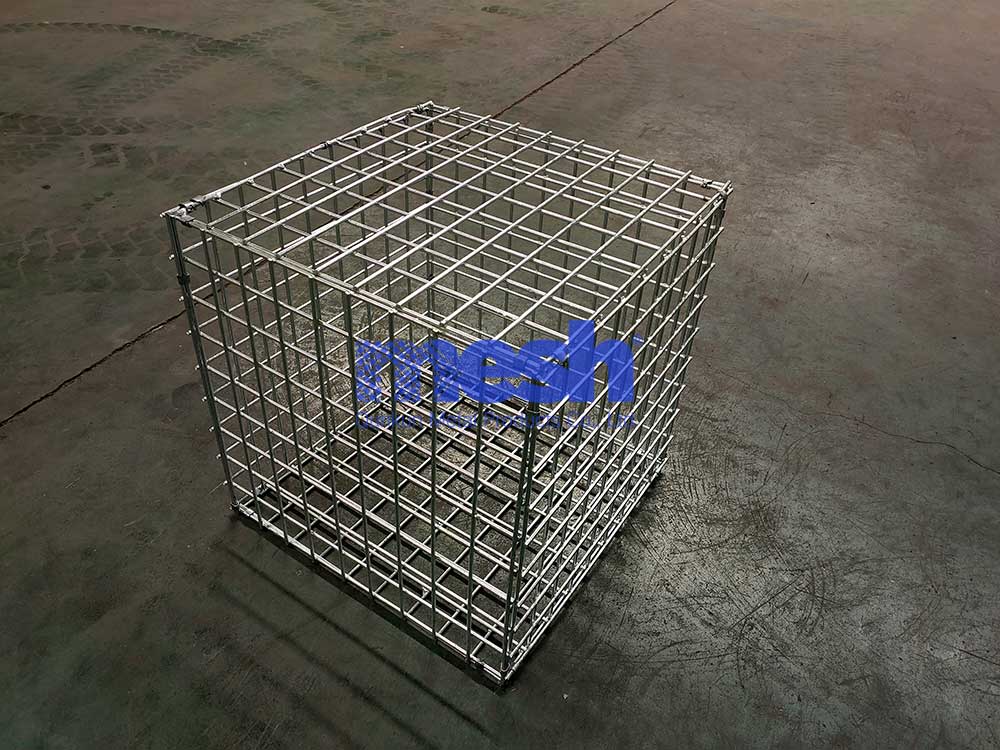
Enhancing Stability on Unsteady Ground
One of the primary challenges in road construction is dealing with varying terrain and ground conditions. Welded Gabion acts as a stabilizing force, especially in areas prone to erosion or landslides. Its design allows it to conform to the natural contours of the land, preventing soil erosion and maintaining the integrity of the road.
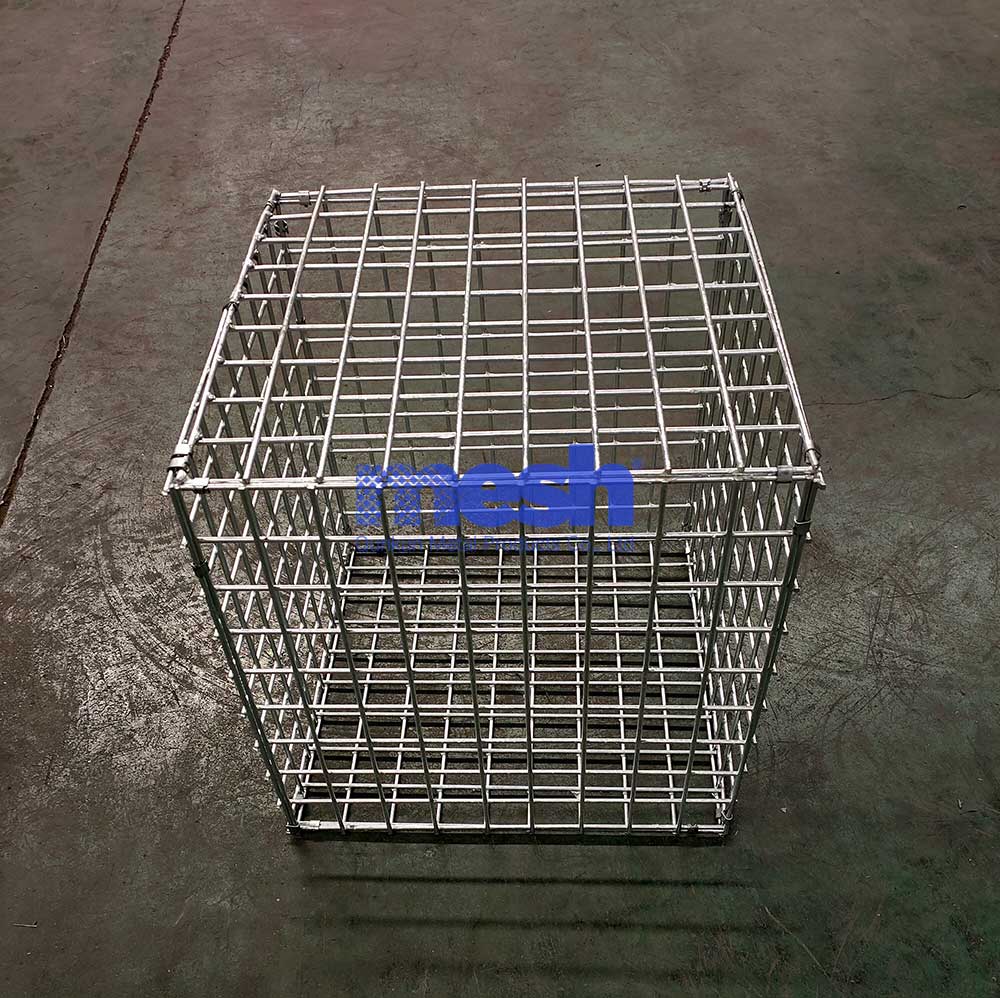
Welded Gabion is not just a construction technique; it's a statement of progress and sustainability. In the realm of road construction, where stability, durability, and cost-effectiveness are paramount, Welded Gabion emerges as a clear winner. As we continue to push the boundaries of infrastructure development, this innovative technology will play an increasingly crucial role in creating stable, enduring, and reliable roads that underpin our modern society.


.jpg)




.png)






































